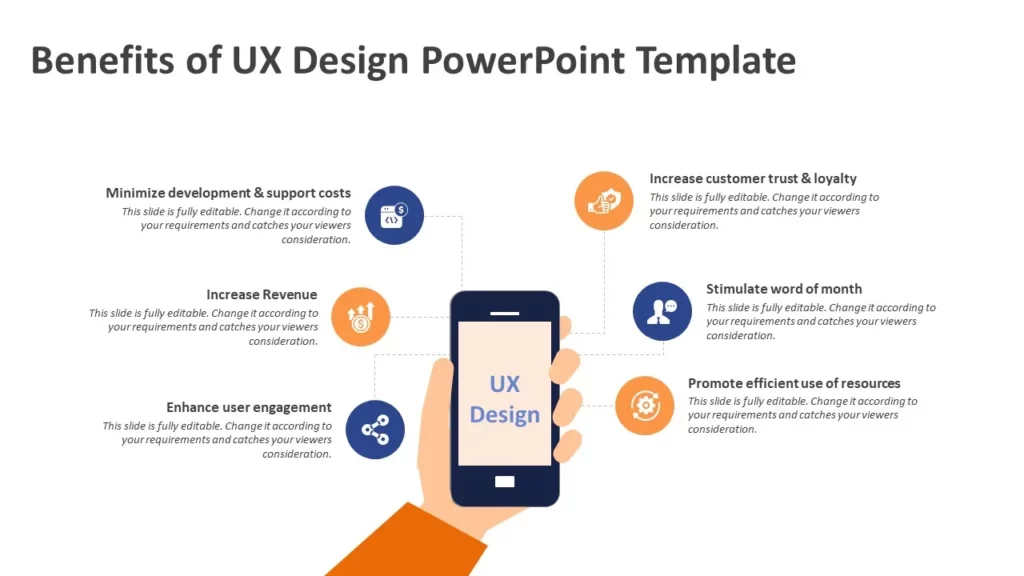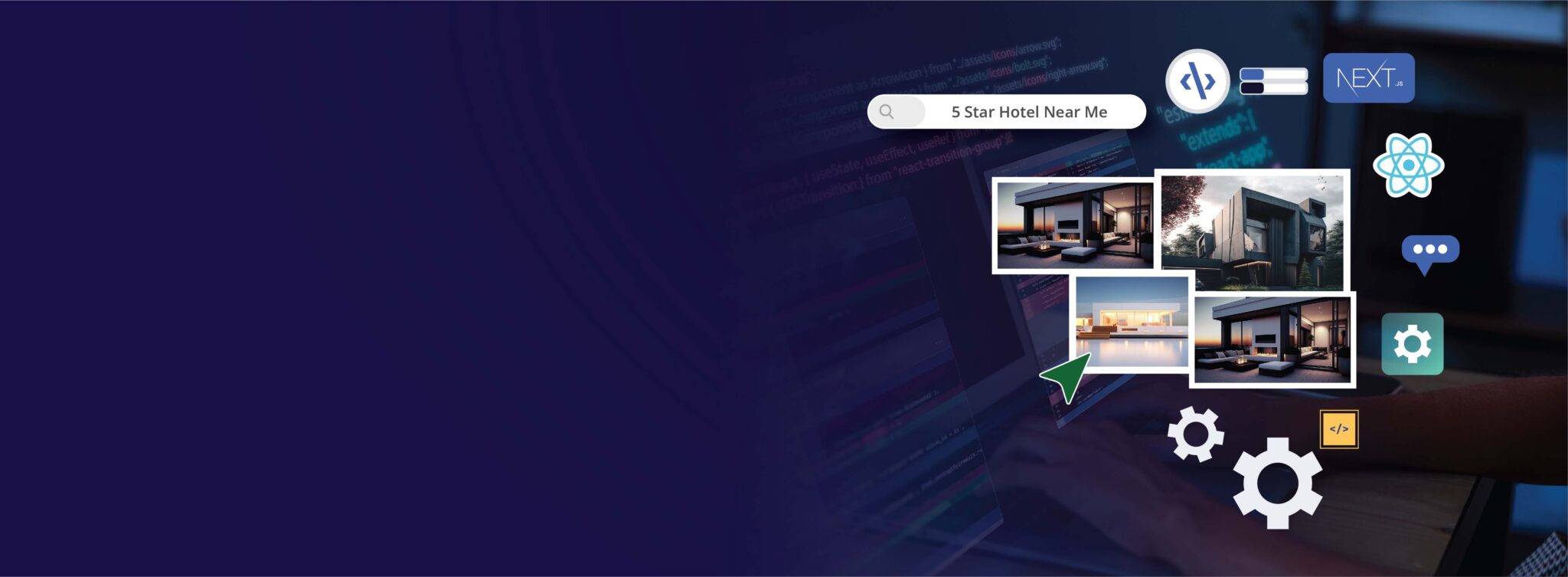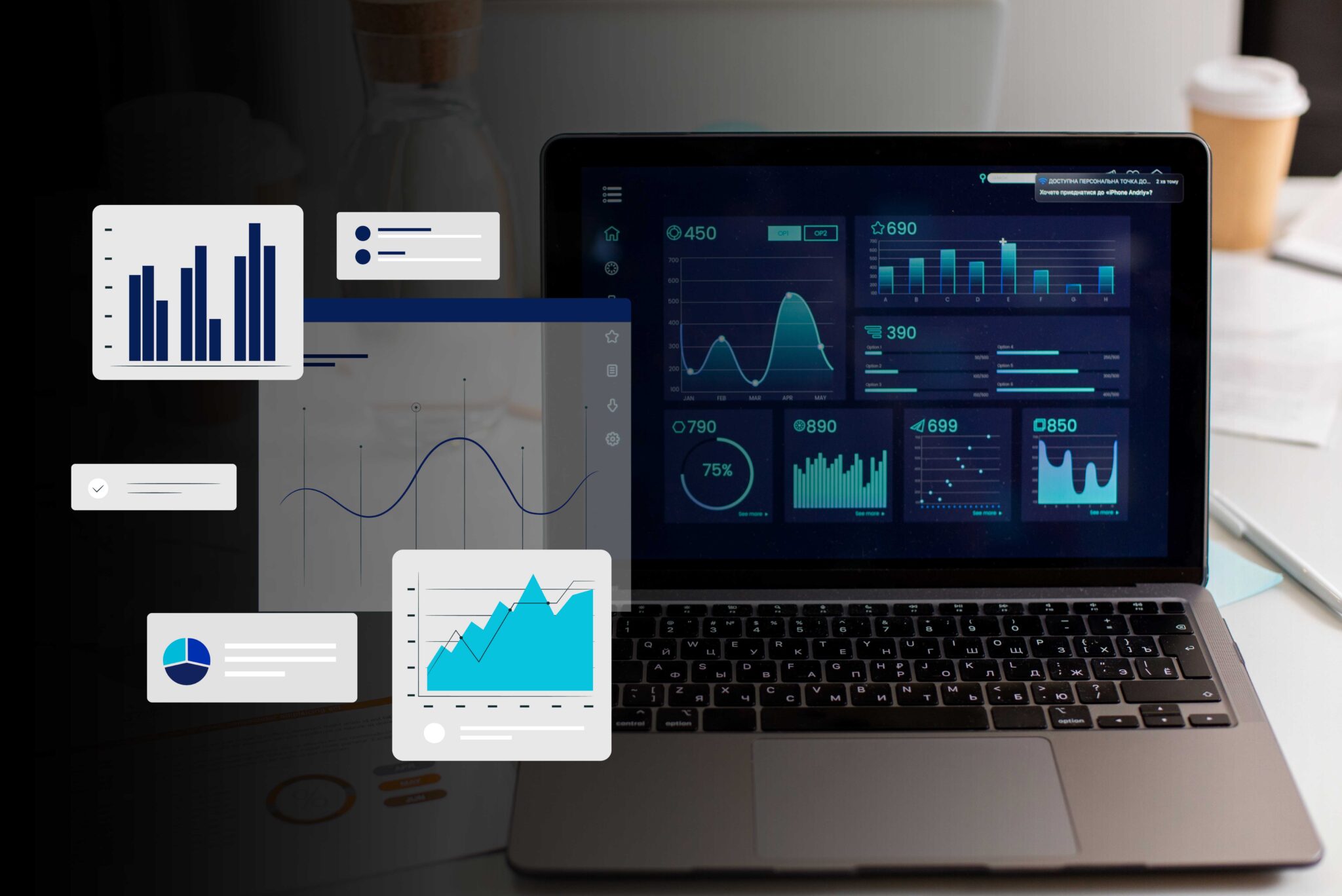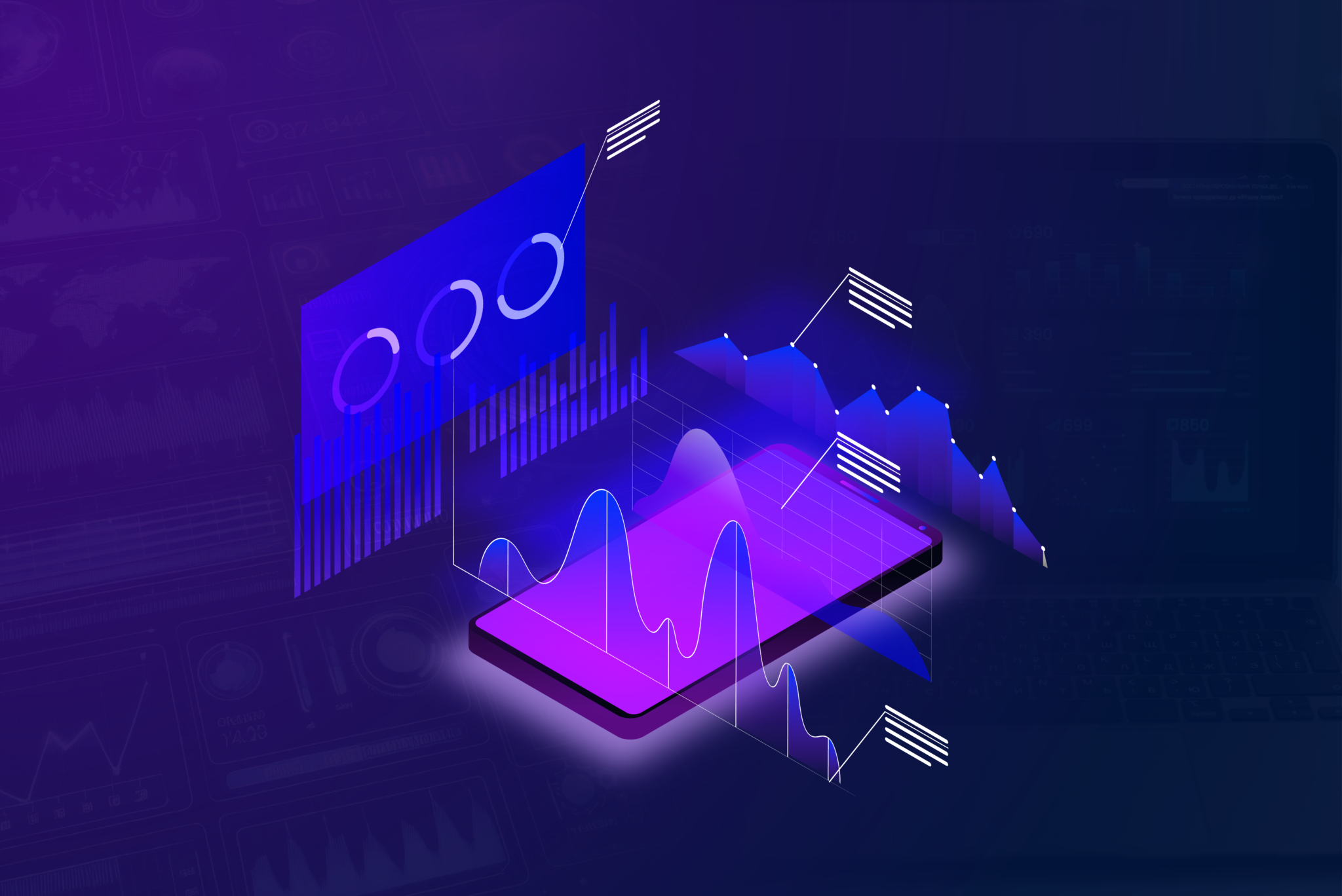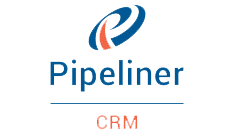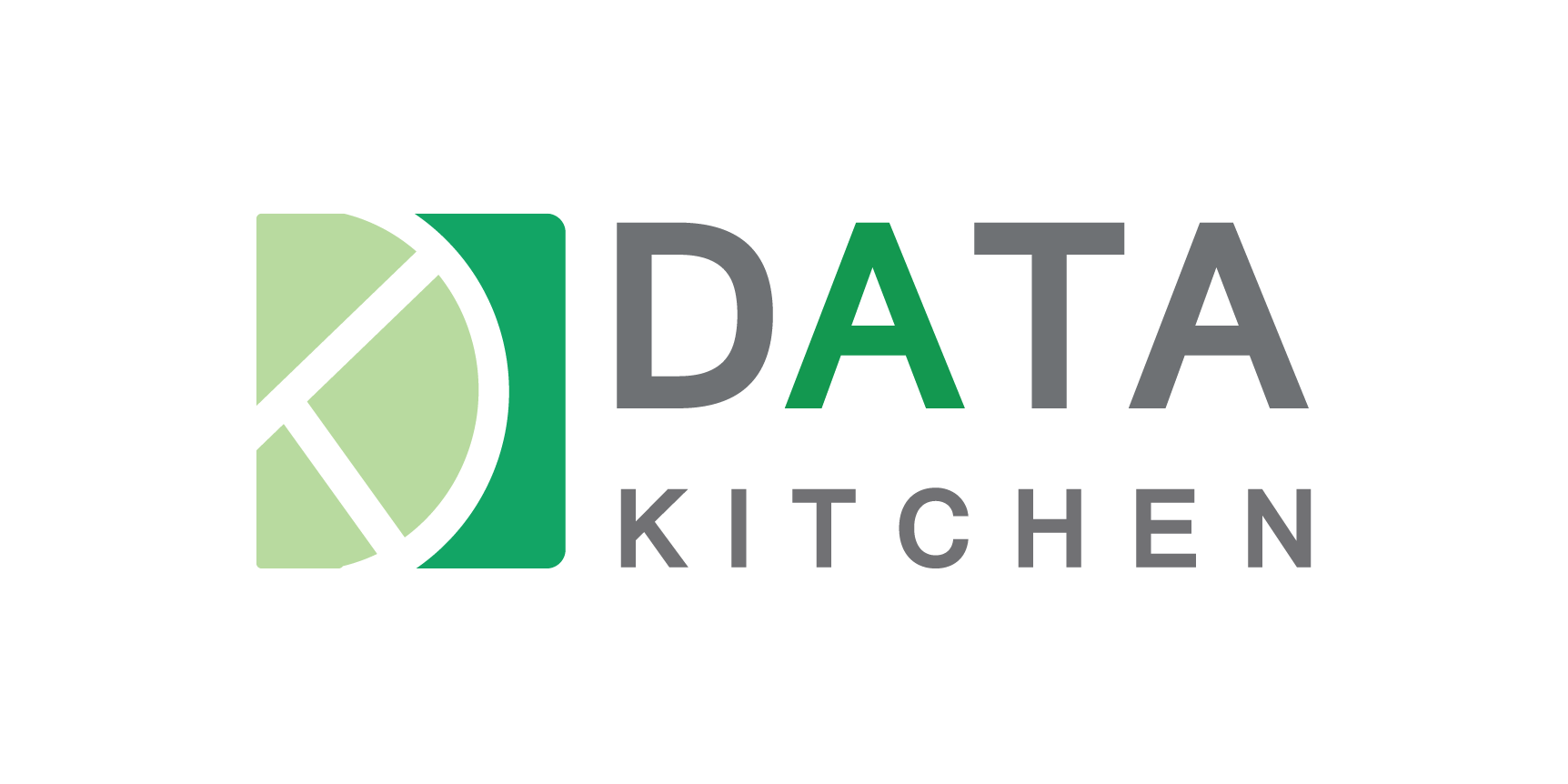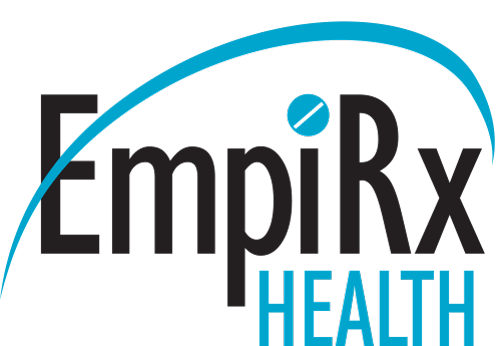UI/UX

Our UI/UX Services
Complere Infosystem provides the opportunities it presents—enhanced decision-making capabilities, improved customer experiences, and the ability to innovate more rapidly—make it a worthwhile endeavor for any data-driven organization.
We have over 200 data experts onboard and over 30 data projects in our portfolio.
User Research and Analysis
UI/UX designers conduct thorough research to understand the target audience. This involves analyzing user demographics, behavior patterns, and preferences.Creating detailed user personas helps designers empathize with users, leading to better design decisions.Mapping out user journeys helps identify pain points and opportunities for improvement in the user experience.
Wireframing and Prototyping
Designers create low-fidelity wireframes to outline the structure and layout of web pages or app screens. These wireframes focus on functionality and content placement.High-fidelity prototypes simulate the actual user experience. They allow stakeholders to interact with the design, test functionality, and provide feedback.
Visual Design and Branding
UI designers maintain consistency in visual elements such as colors, typography, icons, and spacing. Consistency reinforces brand identity and enhances usability.Ensuring designs adapt seamlessly across different devices (desktop, tablet, mobile) is crucial. Responsive design improves accessibility and user satisfaction.
Usability Testing and Iteration
Conducting usability tests with real users helps identify pain points, usability issues, and areas for improvement.Designers iterate based on user feedback, making incremental improvementDesigners iterate based on user feedback, making incremental improvements. Regular testing ensures the final product aligns with user needs.s. Regular testing ensures the final product aligns with user needs.
Accessibility and Inclusive Design
We follow Web Content Accessibility Guidelines (WCAG) to ensure the product is accessible to users with disabilities.Providing descriptive alt text for images benefits users who rely on screen readers.Considering diverse user needs (e.g., color blindness, motor impairments) leads to a more inclusive and user-friendly experience.
Functional Testing
How can you benefit from UI/UX?
Enhanced User Satisfaction
- Well-designed interfaces lead to smoother interactions, intuitive navigation, and overall satisfaction for users. A positive experience encourages repeat visits, brand loyalty, and positive word-of-mouth
Increased Conversion Rates
- o Intuitive UI/UX design reduces friction in user journeys, resulting in higher conversion rates (e.g., sign-ups, purchases, inquiries). Clear calls-to-action and streamlined processes enhance user engagement.
Cost Savings and Efficiency
- Thoughtful design minimizes user errors, reducing customer support inquiries and operational costs. Efficient workflows and task completion save time for both users and businesses.
Competitive Advantage
- Superior UI/UX sets your product apart from competitors. Users gravitate toward well-designed experiences. A compelling interface can be a key differentiator in crowded markets.
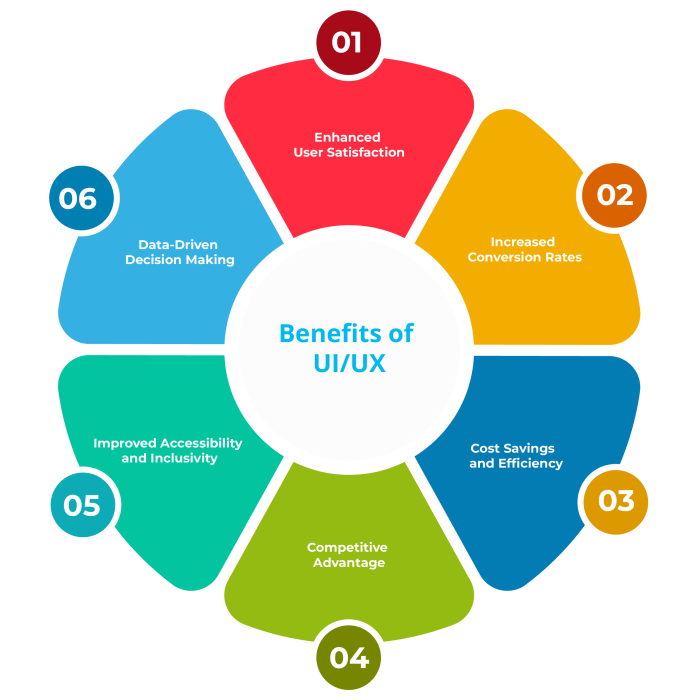
How it Works
01. User-Centered Design
-
Understanding user needs is foundational: User-Centered Design emphasizes comprehending the needs, preferences, and behaviors of users as the starting point for UI/UX design. This understanding is gained through research, creating personas, and gathering feedback via surveys, interviews, and usability testing.
-
Prioritizing the user's perspective enhances design outcomes: By prioritizing the user's perspective, designers can craft interfaces that are intuitive, efficient, and enjoyable to use. This approach ensures that the final product aligns closely with user expectations and fosters positive user experiences.
03. Visual Design
-
Aesthetics take center stage in Visual Design: Visual design primarily concerns itself with the aesthetics of the interface, encompassing elements such as layout, typography, color schemes, and imagery. Designers strive to craft visually captivating interfaces that resonate with the brand's identity and elicit the intended emotional reactions from users.
-
Consistency reinforces usability: Consistency in visual elements plays a crucial role in Visual Design, fostering familiarity and improving usability. When visual elements maintain coherence throughout the interface, users can navigate more effortlessly and engage with the content more effectively.
02. Information Architecture
-
IA is about organizing content effectively: Information Architecture (IA) is centered around arranging and structuring content to enable easy navigation and understanding. Designers employ tools like wireframes and sitemaps to delineate the layout and hierarchy of information within an interface
-
Clear IA enhances user comprehension: Clear and logical information architecture ensures that users can effortlessly locate desired information and grasp the relationships between various elements. This approach streamlines user interaction and fosters a seamless browsing experience.
04. Iterative Improvement
-
Iterative refinement drives UI/UX design: Iterative Improvement underscores UI/UX design as a continuous process of refinement, driven by ongoing user feedback and testing. Designers employ prototypes and usability tests to pinpoint pain points and areas needing enhancement.
-
User insights inform design decisions: By gathering insights from real users, designers can make informed decisions to elevate the overall user experience and optimize the interface for usability and effectiveness. This iterative approach ensures that the final product evolves in alignment with user needs and preferences.
01. Strategy
- Clarification of the stakeholders’ vision and objectives
- Reviewing the environment and existing systems
- Measuring current capability and scalability
- Creating a risk management framework.
02. Discovery phase
- Defining client’s business needs
- Analysis of existing reports and ML models
- Review and documentation of existing data sources, and existing data connectors
- Estimation of the budget for the project and team composition.
- Data quality analysis
- Detailed analysis of metrics
- Logical design of data warehouse
- Logical design of ETL architecture
- Proposing several solutions with different tech stacks
- Building a prototype.
03. Development
- Physical design of databases and schemas
- Integration of data sources
- Development of ETL routines
- Data profiling
- Loading historical data into data warehouse
- Implementing data quality checks
- Data automation tuning
- Achieving DWH stability.
04. Ongoing support
- Fixing issues within the SLA
- Lowering storage and processing costs
- Small enhancement
- Supervision of systems
- Ongoing cost optimization
- Product support and fault elimination.
Why UI/UX Matters?
First Impressions Matter
Enhanced Engagement
Improved Conversion Rates
Brand Credibility

Benefits of Exceptional UI/UX
Increased User Satisfaction
A great UI/UX leaves users satisfied and more likely to become loyal customers.
Higher Retention Rates
Users are more likely to stick around and engage with your product if it's easy to use and visually appealing.
Competitive Advantage
A superior UI/UX sets you apart from competitors and can be a deciding factor for users choosing your product.
Cost Efficiency
Investing in UI/UX design from the start saves you money by reducing redesign and development costs in the long run.
